January 15, 2015
Discrimination concerns inhibit LGBT people from being ‘out’ at work
LGBT (lesbian, gay, bisexual and transgender) people are worried about harassment from colleagues or being passed over for promotion if they come out at work; and while two thirds of people are out at work in the Netherlands less than half are prepared to divulge their sexual orientation at work in the UK. These are the initial findings in a global study to prove the importance of implementing effective policies to support LGBT people at work. “LGBT Diversity: Show Me The Business Case” by business consulting firm Out Now measures the financial savings companies can make by encouraging people to be open at work about their sexual orientation or gender diversity. The report is drawn from an analysis of Out Now’s LGBT2020, a global research initiative involving more than 100,000 LGBT people worldwide.








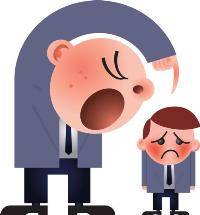
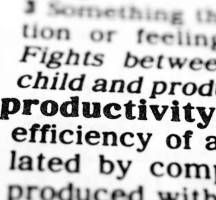 The UK labour market will continue to expand at a strong rate in 2015 but there are unresolved issues relating to levels of pay and how best to increase workplace productivity to drive further growth, according to Mark Beatson, chief economist for the Chartered Institute of Personnel and Development (CIPD) in
The UK labour market will continue to expand at a strong rate in 2015 but there are unresolved issues relating to levels of pay and how best to increase workplace productivity to drive further growth, according to Mark Beatson, chief economist for the Chartered Institute of Personnel and Development (CIPD) in 

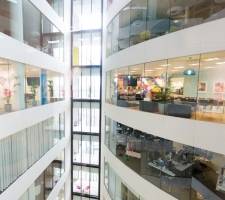
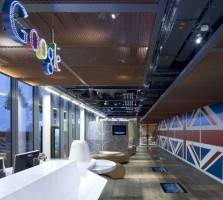

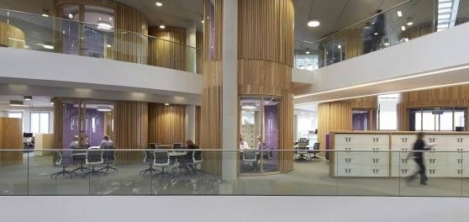








December 15, 2014
Wearable tech will change the workplace in unexpected ways
by Mark Eltringham • Comment
(more…)